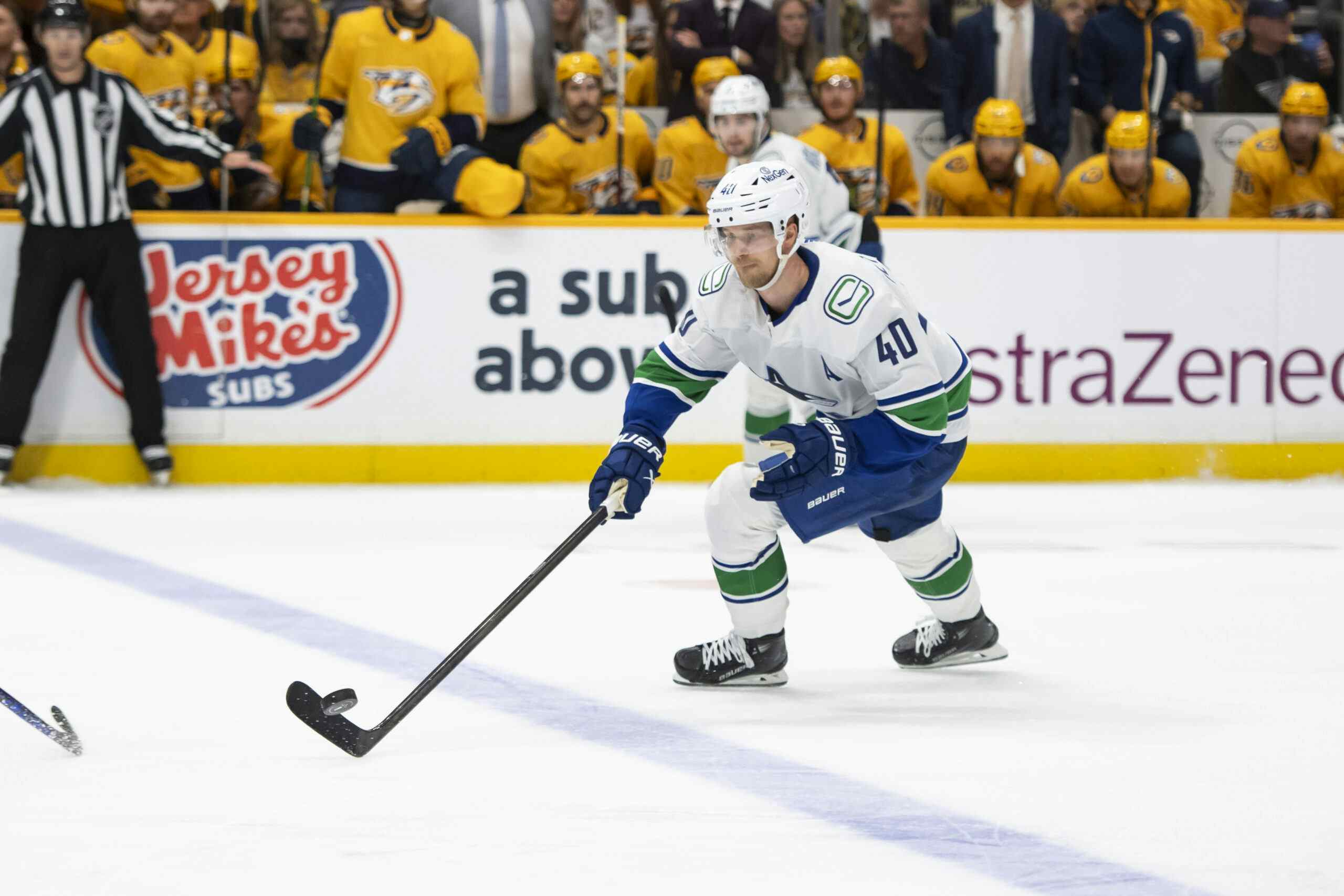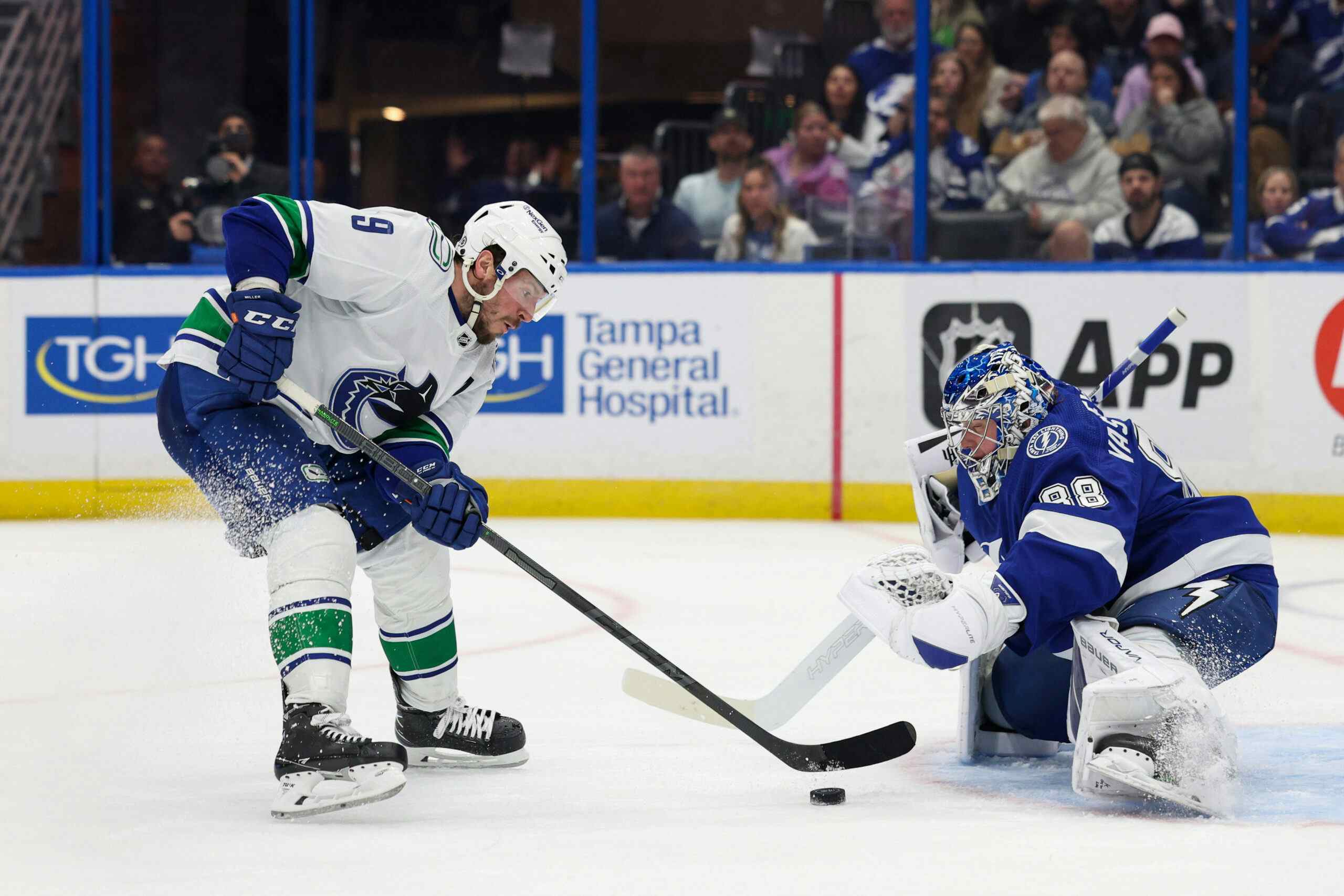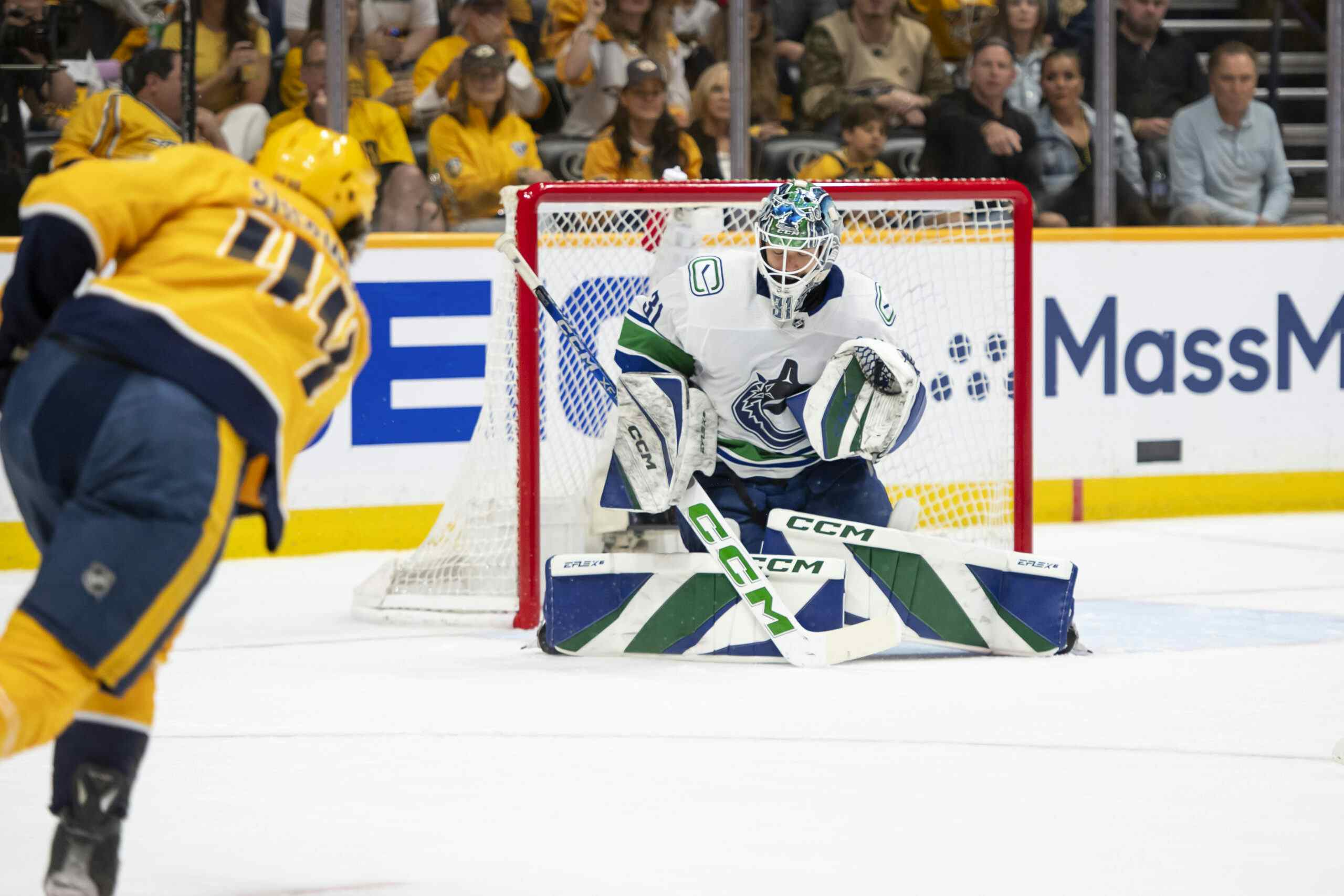CanucksArmy Monday Mailbag: January 15th — Part Deux

By J.D. Burke
6 years agoCoaches are judged on wins and losses, and as such, you’ll never find a coach who will do things that he sees as not being in the best interest of the team winning hockey games. Canucks head coach Travis Green isn’t going to make coaching decisions based on Vancouver’s insatiable appetite for a younger team.
If Jake Virtanen is to get a larger role or Philip Holm is to get a shot with the big club, it will mean that the Canucks have either lost a lot of bodies to injury or the trade deadline. Virtanen’s had a rough go of it in 2018, but he should probably get the opportunity to play his way out of this funk.
Holm has gone above and beyond the call in Utica and has earned a call-up to the Canucks. The Canucks blue line is already overflowing though so who else sits to facilitate Holm’s NHL debut? I’m not sure I want to see Holm playing if it means that Ben Hutton sits.
The framework of this question is a bit clumsy (I mean no disrespect, I’m just being frank) given that your expected success rates in the first-round can vary greatly from picks 15 to 25 and even the second-round is subject to these swings. I’d need more specific parameters to do your question justice. And ideally, I’d know who was available with the first-round pick before making the decision.
However, generally speaking, the analytics community favours trading down and going for volume ahead of quality. I’m not sure if I’m fully on board with that, but I can see the logic. More cracks at the bat is always a good thing.
I hope this was somewhat helpful and I didn’t sound too harsh.
I could see Elias Pettersson playing in the NHL next year and Jonathan Dahlen in the AHL.
This is a fair question. Based on the work that analytics pioneers have done in the public sphere with the draft, height plays a role in determining a player’s odds of NHL success, but they don’t determine how good a player will be. Basically, a tall player has better chances of making the show, but there’s no proof that being tall makes them inherently better than their shorter peers.
With Jared Spurgeon as a clear-cut number one defenceman in my mind, I think we have proof of concept that a player that small can lead a blue line. I’m sure there are other (perhaps even better) examples of successful short blueliners, but that’s the one that comes to mind.
For me, the calculus for what makes a number one defenceman is simple. Is the defenceman in question one of the 30 best defencemen in the league? Then yes, he’s a number one defender.
- Chris Tanev
- Troy Stecher
- Derrick Pouliot
- Alexander Edler
- Ben Hutton
- Michael Del Zotto
- Erik Gudbranson
- Alex Biega
Nic Dowd is a 13th forward, in my estimation. He is what he is, and there’s not that much to it. He’s not terrible, but Dowd shouldn’t be playing anywhere near as often as he has been since joining the Canucks.
Ask me this again in May.
The Bulldog.
28th overall.
Ask me this again in May.
At the time, I’m sure there are a few that would offer something comparable to what the Canucks did. An anti-analytics team like the Colorado Avalanche that desperately needed help on their blue line might’ve offered up a lot if they had known that Gudbranson was available to them.
Eight.
Recent articles from J.D. Burke





